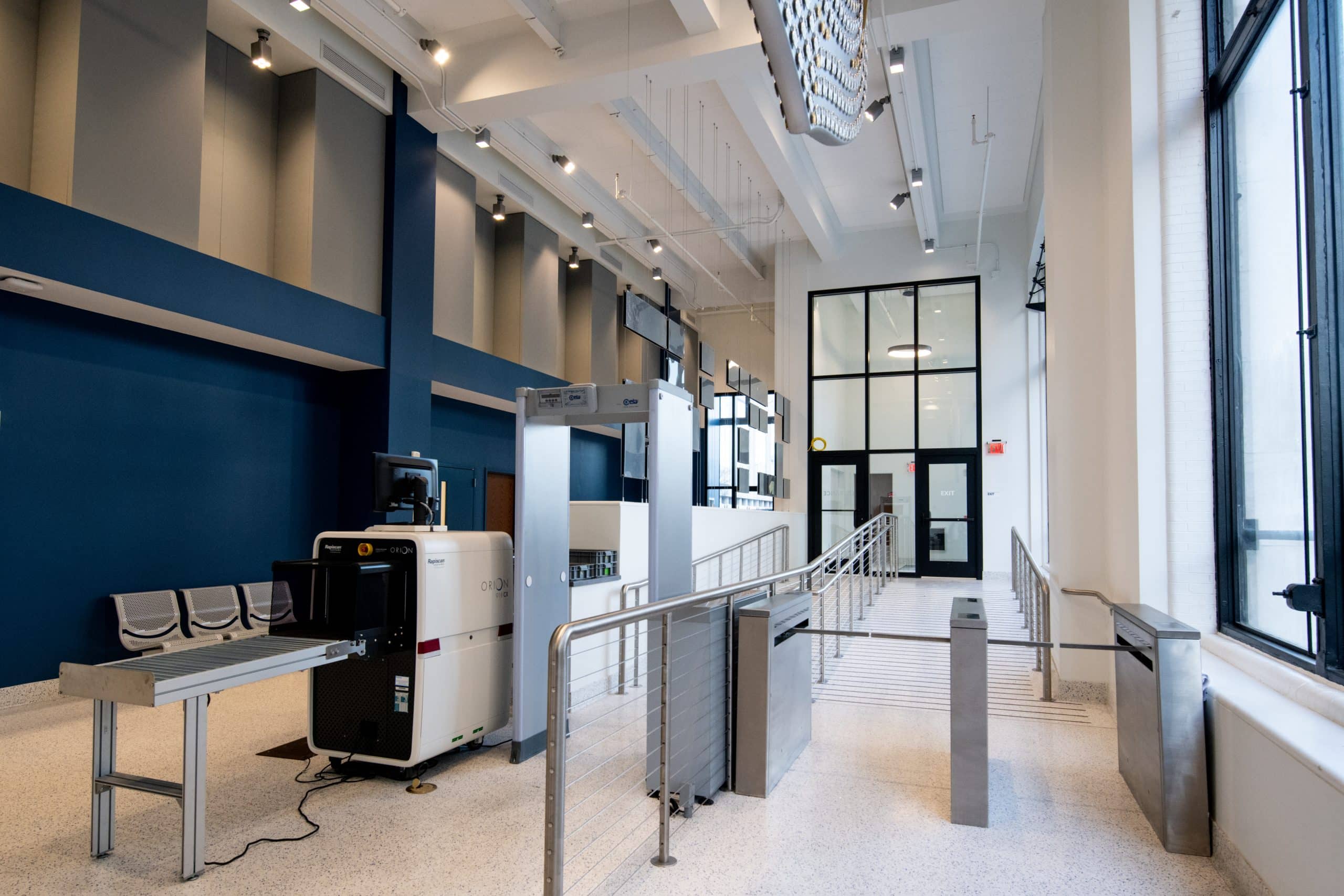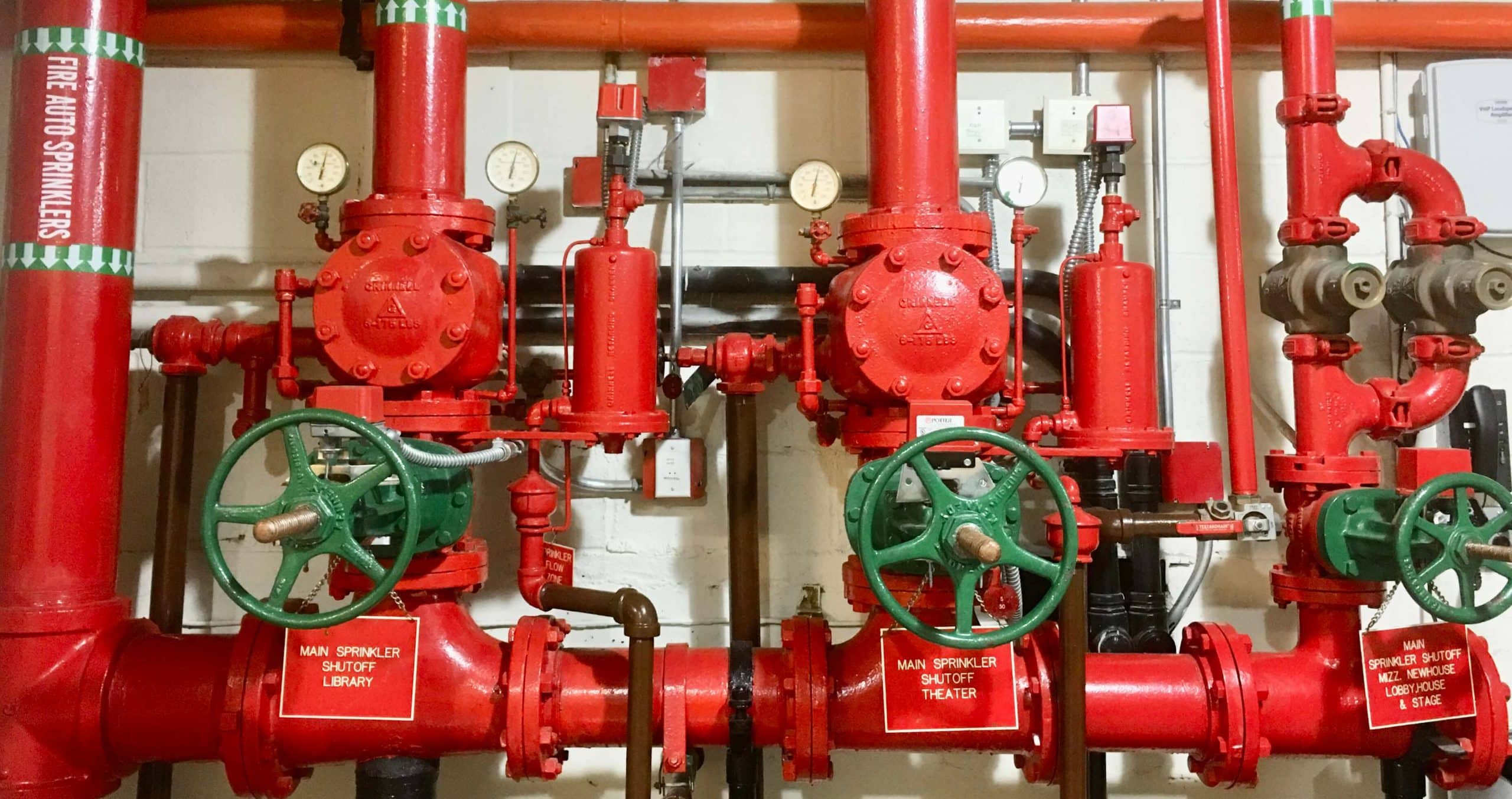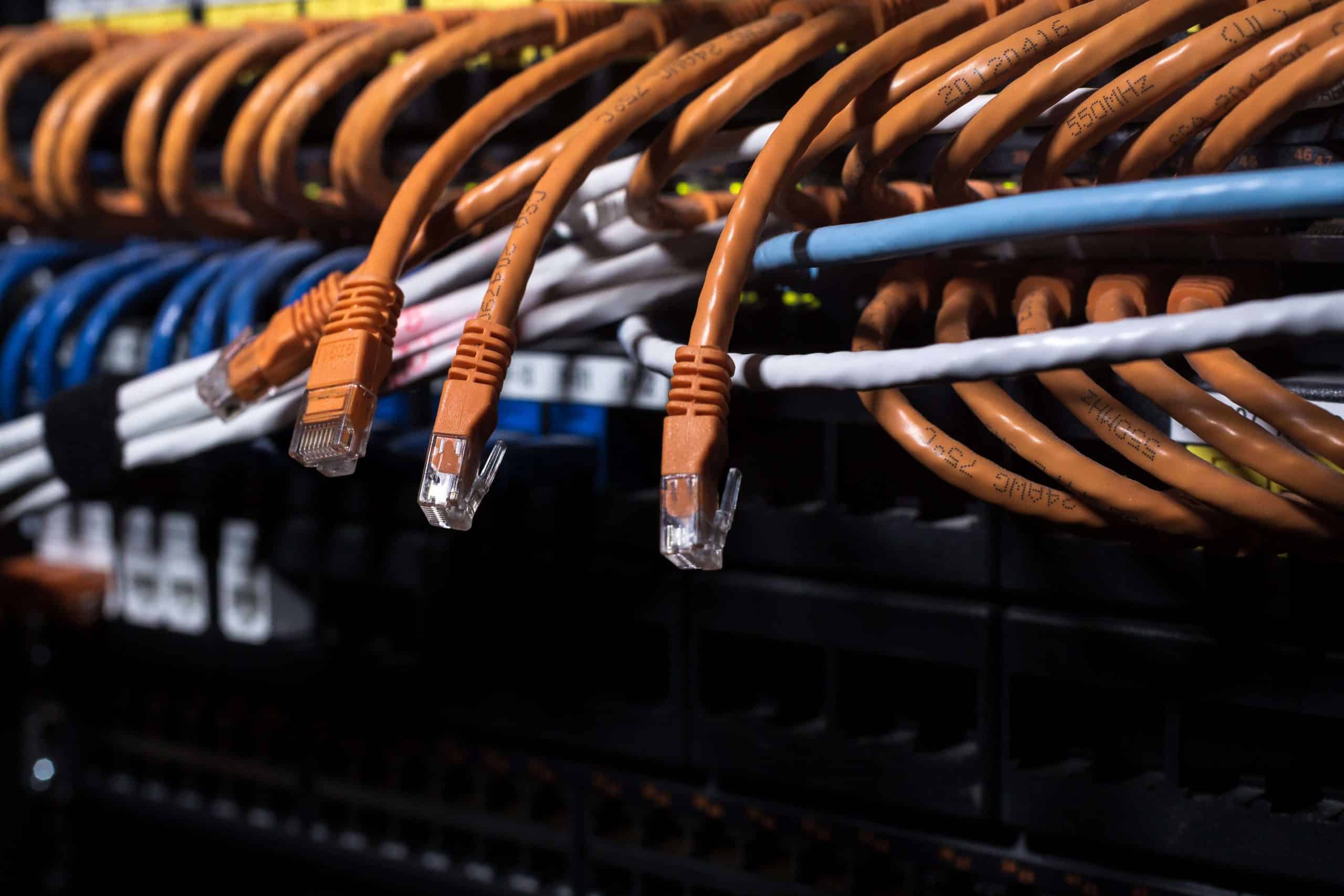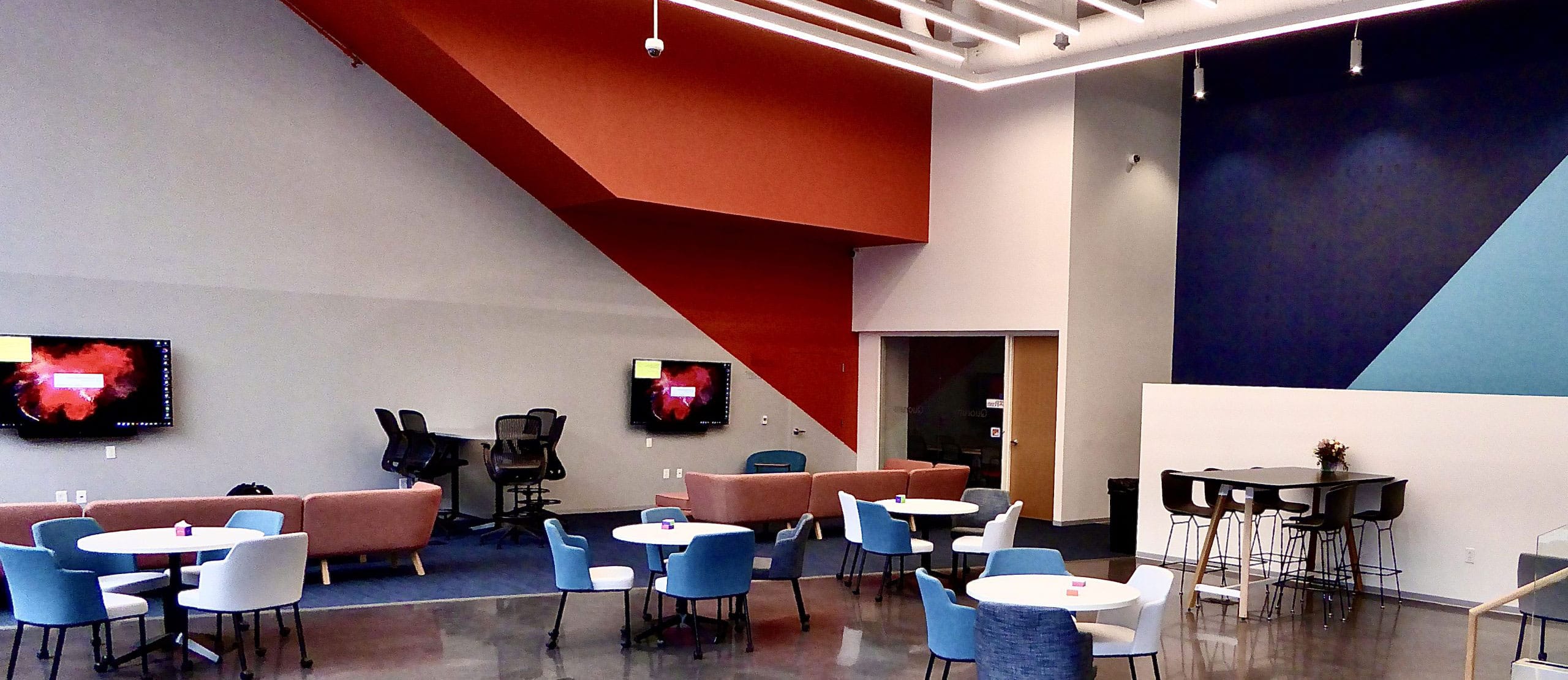The Bring Your Own Device (BYOD) and mobile device usage buzz has been a predominant feature of IT news, and is experiencing remarkably explosive growth. All signs already show that we have reached a point where our mobile devices are indispensable. You may even be reading this on your phone, tablet, or laptop right now. This usage will continue to skyrocket as more businesses develop policies providing mobile devices or permitting BYOD. So, how can we be prepared? Will existing Wi-Fi infrastructure be able to support this exponential growth? Will even recently or newly installed infrastructure hold up under the increased workload as more and more critical business functions go with us as we are on the move?

It is clear that to support the mobile workforce, wireless signal coverage will need to be universal. But what level of coverage is sufficient? Beyond basic connectivity, one of the most critical factors of effective Wi-Fi is the bandwidth available. It won’t do us any good to have a wireless connection that is so slow that we could walk back to our desk to retrieve a file faster than we could download it to our mobile device. Appropriate signal strength is required to provide devices with the ability to maintain a good quality, high-speed connection.
Indoor wireless access points (WAP’s) typically have a maximum transmit power around 22dBm. Most end devices will be able to make a connection with received signal strength as low as approximately -95dBm. It would seem that there is quite a lot of headroom to account for losses (in this example, 117dBm).
First, consider that the “loss” of signal strength just through free space is proportional to the square of the distance over which it must travel. Additionally, common building materials (furniture, walls, floors, stairs, elevator shafts) can cause a range of attenuation of the signal from just a few dBm to more than 15dBm for each structural composition that the signal must penetrate. It soon becomes clear that careful consideration is required to ensure strong signals are maintained.
Another important consideration for ensuring strong, intelligible Wi-Fi signals is low interference and low noise. Imagine having a conversation in a quiet room versus attempting to convey a message next to a jet engine –sometimes loud enough in one situation is completely unintelligible in another. The same is true for Wi-Fi signals.
Sources of interference can include microwave ovens, Bluetooth devices, cordless phones, stray electromagnetic radiation, and other competing Wi-Fi devices. Depending upon the specific implementation, devices can continue to operate with signal-to-noise ratios (SNR’s) as low as 10, but higher is better. A typical goal is to have SNR that is at minimum 20, with higher SNR’s being more desirable and allowing higher bandwidth connections.
Signal strength and SNR, combined with the specific capabilities of each end device and WAP, are key factors in determining the maximum possible connection parameters. These factors are used to select a modulation and coding scheme (MCS) which supports a certain data rate by the configuration of technical options including spatial streams and modulation. A sample average WAP shows a table of MCS indexes, signal strengths required, and the corresponding achievable 802.11n 5GHz band data rates ranging from 6Mbps at MCS 0 to as high as 300Mbps at MCS 15.
Although there is a theoretical maximum total data rate of 300Mbps in this example, protocol overhead in all Wi-Fi connections results in a realistic maximum achievable total bandwidth that frequently only approaches 50% of the theoretical raw data rate. Already the available bandwidth for data transmission is cut in half.
So now we have verified that we have signal coverage over all of our desired coverage areas and the signal strength and SNR allow the selection of an MCS that will permit high data rates. But we still need to consider the ever growing number of users. Does a small office of 10-20 employees have the same requirements as an auditorium seating 200 given the same signal quality?
Since Wi-Fi is a shared medium technology (all devices connected to a single WAP use the same frequency for transmit and receive and can therefore only transmit one at a time), the total available bandwidth must be split among all devices wishing to transmit. It might seem that there would then be a purely inverse relationship between number of end devices and the bandwidth available to each. However, finer details of the protocols reveal this to be untrue.
Wi-Fi devices employ a protocol called Carrier Sense Multiple Access – Collision Avoidance (CSMA-CA) to control the required “half duplex” nature of Wi-Fi communications. The basic premise behind CSMA-CA is that a device wishing to transmit must first sense if any other devices are already transmitting. If another device is currently transmitting, the device wishing to transmit next must wait a “random” amount of time and try again. Some older protocols employed an extension to this requiring each device to send a Request to Send (RTS) notice to the WAP and then wait for a Clear to Send (CTS) response before transmitting.
Newer protocols have improved upon this method, but still support it in order to maintain backward compatibility. Once it is determined through the CSMA-CA process that no devices are currently transmitting, the next device may transmit. Due in large part to this mechanism, as the number of devices increases, the amount of bandwidth available to each device decreases at a rate greater than the total bandwidth divided by the number of devices. So there must be a design limit on the total number of devices per WAP to ensure usable speeds.
Design recommendations frequently use a generic limit of 20 devices per WAP, but a higher or lower limit may be more appropriate based upon the type of traffic, Quality of Service (QoS) requirements, and the technical limitations of the WAP. WAP locations, transmit power levels, antenna types and configurations, and channel assignments must be carefully chosen to accommodate.
As mobile device use becomes more and more prolific, it will tax Wi-Fi infrastructure at ever increasing levels. Business data, public internet, media consumption, video conferencing, and many other usage profiles each require their own special considerations and will progress in different ways. New wireless protocols continue to offer increased bandwidths as technologies develop. Does your current infrastructure support all of your organization’s wireless needs? Will your new infrastructure project continue to support demand for the years to come? Or will users flock to cabled outlets and cellular-based access?
The next big consideration for a successful BYOD and mobile device implementation is ensuring that network and information security is maintained. Corporate firewalls and corporate antivirus software can do an excellent job of maintaining security in a desktop-only environment, but mobile devices, especially those personally owned by employees, break those tidy security boundaries and defenses. Having the availability of professionals who design sophisticated wired and wireless architecture available for your next project is the way to avoid slow communications and security holes.






